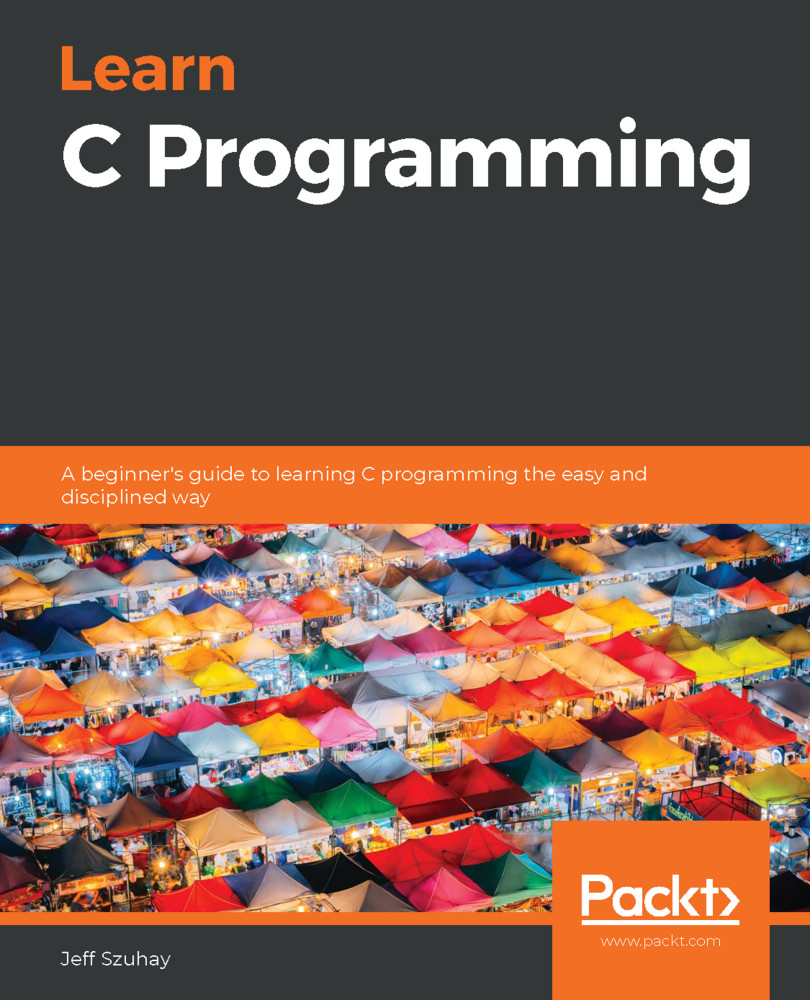We will begin with one of the simplest, most useful programs that can be created in C. This program was first used to introduce C by its creators, Brian W. Kernighan and Dennis M. Ritchie, in their now-classic work, The C Programming Language, published in 1978. The program prints a single line of output – the greeting Hello, world! – on the computer screen.
This simple program is important for a number of reasons. First, it gives us a flavor of what a C program is like, but more importantly, it proves that the necessary pieces of the development environment – the Operating System (OS), text editor, command-line interface, and compiler – are installed and working correctly. Finally, it gives us the first taste of the basic programming development cycle. In the process of learning to program and, later, actually solving real problems with programming, you will repeat this cycle often. It is essential that you become both familiar and comfortable with this cycle.
This program is useful because it prints something out to the Terminal, also known as the console, telling us that it actually did something – it displays a message to us. We could write shorter programs in C but they would not be of much use. We would be able to build and run them but would have little evidence that anything actually happened. So, here is your first C program. Throughout this book, and during the entirety of your programming experience, obtaining evidence of what actually happened is essential.
Since Kernighan and Ritchie introduced the Hello, world! program over 40 years ago, this simple program has been reused to introduce many programming languages and used in various settings. You can find variations of this program in Java, C++, Objective-C, Python, Ruby, and many others. GitHub, an online source code repository, even introduces their website and its functions with a Hello World beginner's guide.



